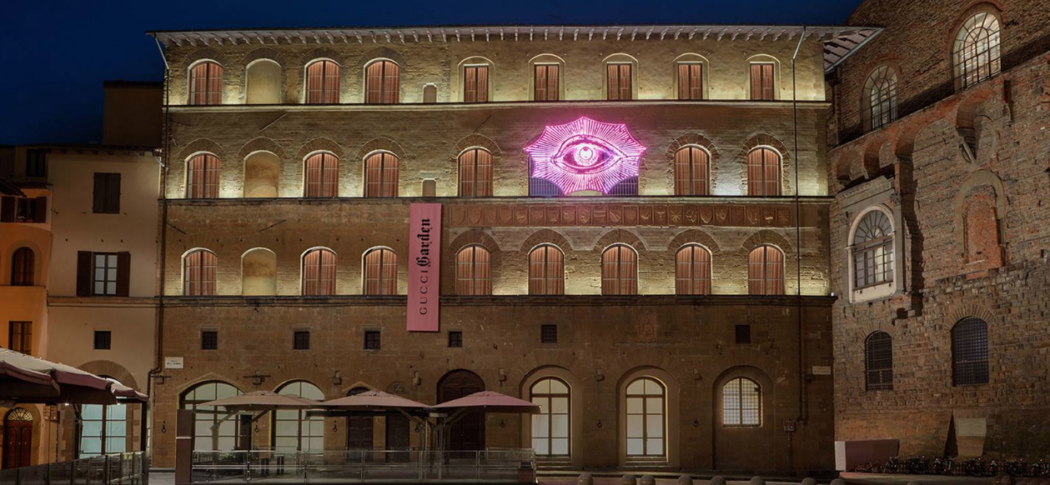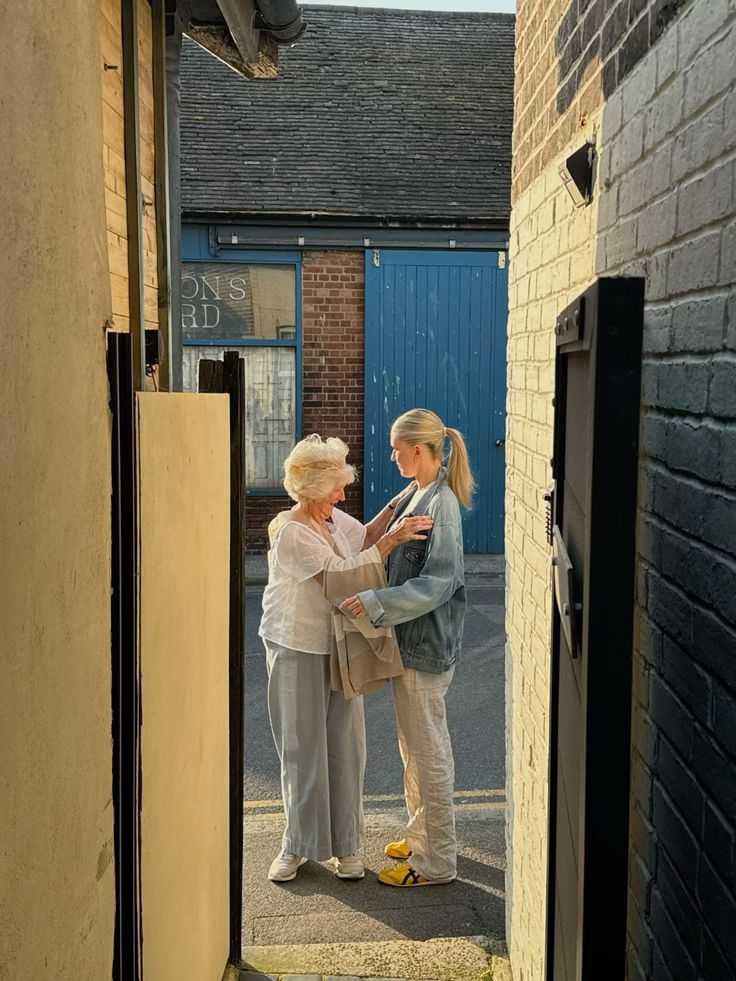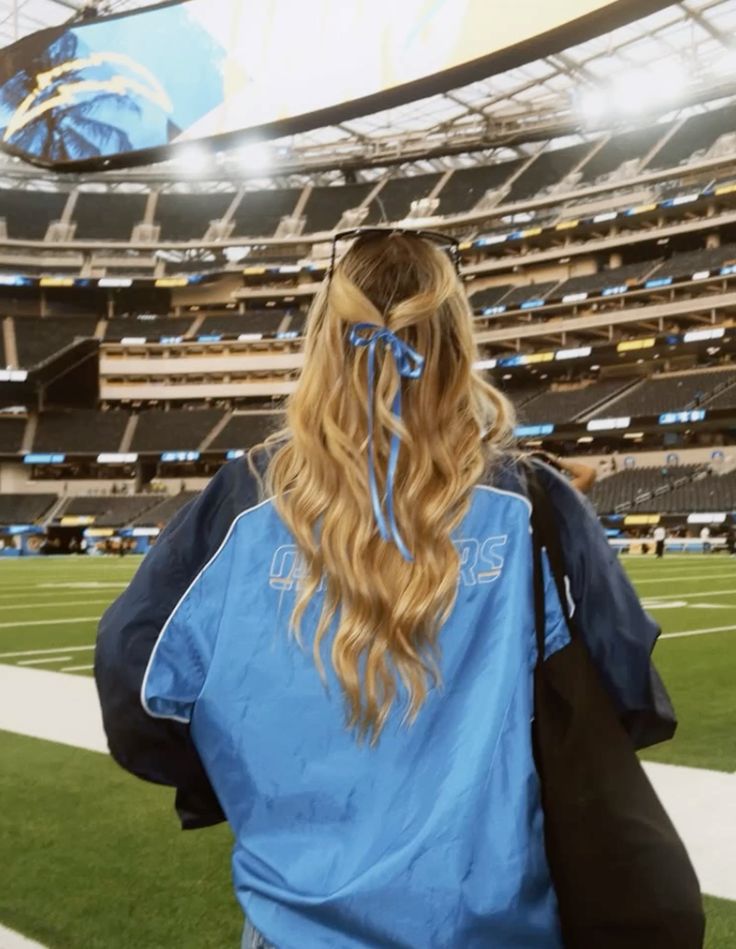At the beginning of the calendar year, Gucci opened the doors of what Forbes called a “retail endeavor … for the history books.” The historic venture wasn’t a store in the usual sense of the word; Gucci Garden — which found its home in January 2018 in Florence, Italy’s Palazzo della Mercanzia — functions as a retail experience with a twist.

Photo from Gucci.com
Gucci Garden, along with the allure of collectors’ items and pieces not sold in other locales, creates the added attraction of a museum-like experience, with rooms and areas dedicated to different facets and aesthetics throughout Gucci’s historical evolution as a high-profile, luxury brand. Long-time, iconic brand calling cards, such as the double-G logo and the red-green color combination, have their allocated exhibitions, as do more recent developments for the brand.

Photo from Gucci.com
Along with the additional draws of a restaurant and boutique to round out the experience offered at Gucci Garden, the revolutionary retail undertaking includes a look at the shift toward the brand’s current image. The romantic aesthetic curated by creative director, Alessandro Michele, is reflected in De Rerum Natura; rooms that Gucci’s website describes as spaces that “recall natural history museums and explore Alessandro Michele’s curiosity for animals and gardens — a vital part of the new Gucci narrative.”
This “new Gucci narrative” began with Michele’s appointment in 2015, reflected in dreamy campaigns and on runways. Romantic patterning and eccentric details have become Gucci’s new norm, evolving the brand from its past while maintaining its formative roots.
In June of 2018, Gucci found the face that encapsulates this new narrative. Harry Styles, an artist in his own right, became the face of Gucci’s fall 2018 men’s tailoring campaign. Known for his affinity for custom Gucci suits before any official collaboration, Styles’ formal association with the brand was more than just a pretty face to model menswear.

Photo from Gucci.com
Styles is known for pushing the boundaries of traditional masculinity, often leaning toward florals and flowing silhouettes in his own personal wardrobe. The cover art of his 2017 self-titled album garnered attention; the visual of Styles bathing in pink bath water was lauded by many as both aesthetically appealing and challenging to traditional gender norms. Styles is, in a way, the human embodiment of Gucci Garden.
From showcasing its clothing in a store that also operates as a museum to modeling the clothing on an individual who is an artist himself, Gucci continues to evolve into an art brand, and the intentional importance of that art is reflected in all aspects of the brand’s process. From pushing boundaries of traditional masculinity to pushing boundaries of what retail can and should be, Gucci continues to answer their own questions.
While the staple florals and eccentric visuals that have become the brand’s new calling cards under Alessandro Michele will absolutely be making their rounds at fashion week, VALLEY wonders if the art of Gucci will extend past clothing on the runway this year. What can we expect to take the place of the severed heads seen in Milan Fashion Week?
Related
McQueen Documentary: the Connection Between Fashion and Emotion





